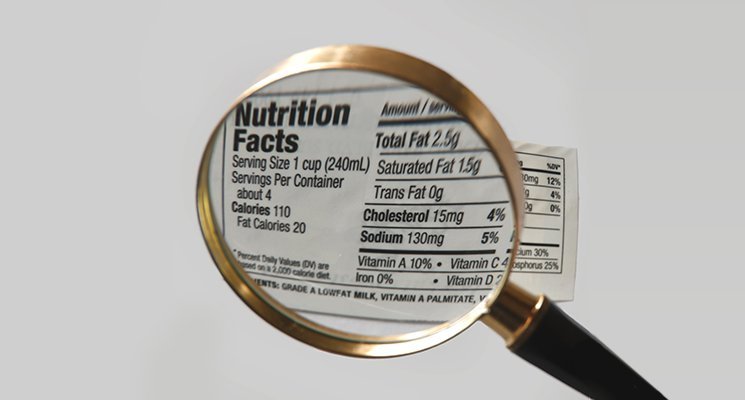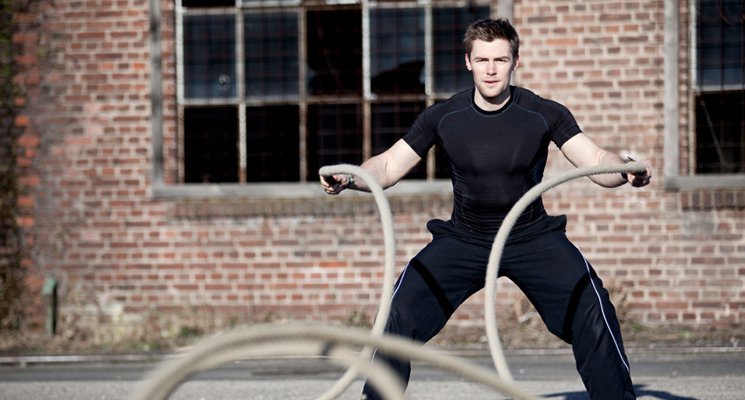Really? We’re getting fatter? Sigh. It’s so disheartening, especially when the news seems full of reports about this health trend or that one, about the rise of wearable fitness technology and how data-tracking has revolutionized individual exercise plans, about the extraordinary progress a person can make by exercising intensely for small periods of time, about ever-increasing awareness of nutritional realities. Nevertheless, this is what the most recent report from the United Health Foundation, the American Public Health Association, and the Partnership from Prevention tells us: We’re getting fatter.
Issued annually for the past 25 years, the report, called America’s Health Rankings, tracks state-by-state health and fitness data. The most recently released report shows that in 2014 the nation’s obesity rate rose nearly 2 percent, from 27.6 percent last year to 29.4 percent this year. That 2 percent figure may sound small, but it represents an extremely large number of individuals. Moreover, at the time surveys for the report were completed, nearly a quarter of respondents said that they had had no physical activity or exercise for 30 days. That number increased from 22.9 percent in 2013 to 23.5 percent this year. And the even more grim news? In the 25 years that America’s Health Rankings have been published, obesity in the United States has more than doubled.
The question for us becomes: How can we, all of us who are leaders in the fitness industry, do more? How can we attract the people who are not inclined to exercise, and how can we help reverse the trend?
The key, I believe, is partnerships. One gym or health club or sports facility or fitness center can do only so much, and whatever we each can do, we have to do while keeping the bottom line always in mind (or else we won’t be around to do anything at all!). But a whole network of gyms and health clubs and sports facilities and fitness centres can do a lot. Make it part of your facility’s mission to work with other facilities to help improve America’s overall health. Join programs that allow members to work out at partner facilities at a discount. Combine resources to offer free or heavily discounted training and exercise programs to individuals who can’t afford normal gym rates. Get other facilities in your area to help host a day of city- or town-wide exercise fun.
But don’t stop at other facilities. The fact is, exercise is only one part of the overall health picture. Obesity numbers won’t drop until the food industry finds a better way of providing affordable, healthy food to the population at large; until health insurance companies start seeing health club memberships as reimbursable sickness-prevention tools; until schools bring back physical education and more effectively educate children about health and exercise science. If you’re going to be a part of the force chipping away at our rising obesity rates, you’ve got to consider ways of working with a whole network of organizations and industries that have an impact on individuals’ health and fitness. We can reverse the crisis. But we can only do it together.







 My son recently learned how to ride a bicycle, and the last time I took him to visit my parents, he insisted on bringing his new, bright green set of wheels along. My nearly seventy-year-old father, mostly sedentary and not in the best of health, surprised me by pulling his old bike out of the shed, dusting it off, and declaring that he was going to join in on a ride. He was slow and creaky at first, and he fell off once — with nothing more than hurt pride, thankfully — but he went a full four miles with my son (who streaked along with abandon, delighting in his ability to outpace Grandpa)
My son recently learned how to ride a bicycle, and the last time I took him to visit my parents, he insisted on bringing his new, bright green set of wheels along. My nearly seventy-year-old father, mostly sedentary and not in the best of health, surprised me by pulling his old bike out of the shed, dusting it off, and declaring that he was going to join in on a ride. He was slow and creaky at first, and he fell off once — with nothing more than hurt pride, thankfully — but he went a full four miles with my son (who streaked along with abandon, delighting in his ability to outpace Grandpa)
 I sat in a doctor’s waiting room for a long time today. I had accidentally left my book at home, and none of the magazines lying around appealed to me. As I’m currently attempting to renegotiate my relationship with my smartphone (I feel like I need some space but it’s having trouble letting go), I kept the thing tucked firmly in my jacket pocket, and there was nothing to occupy my attention except for a large monitor in the corner that kept cycling through a handful of health-related messages: avoid stress, substitute walnuts for croutons, exercise regularly.
I sat in a doctor’s waiting room for a long time today. I had accidentally left my book at home, and none of the magazines lying around appealed to me. As I’m currently attempting to renegotiate my relationship with my smartphone (I feel like I need some space but it’s having trouble letting go), I kept the thing tucked firmly in my jacket pocket, and there was nothing to occupy my attention except for a large monitor in the corner that kept cycling through a handful of health-related messages: avoid stress, substitute walnuts for croutons, exercise regularly.
 Gyms, fitness centres, health clubs, and other similar facilities do a lot for their members and clients. They help transform bodies into leaner, healthier shapes. They push individuals to meet personal goals and overcome limitations (the self-imposed sort and other kinds). They boost confidence, provide fun social settings, and introduce new modes of movement. But one of the best things about such organizations, to my mind, is that they can produce large-scale change that benefits whole groups of people.
Gyms, fitness centres, health clubs, and other similar facilities do a lot for their members and clients. They help transform bodies into leaner, healthier shapes. They push individuals to meet personal goals and overcome limitations (the self-imposed sort and other kinds). They boost confidence, provide fun social settings, and introduce new modes of movement. But one of the best things about such organizations, to my mind, is that they can produce large-scale change that benefits whole groups of people.